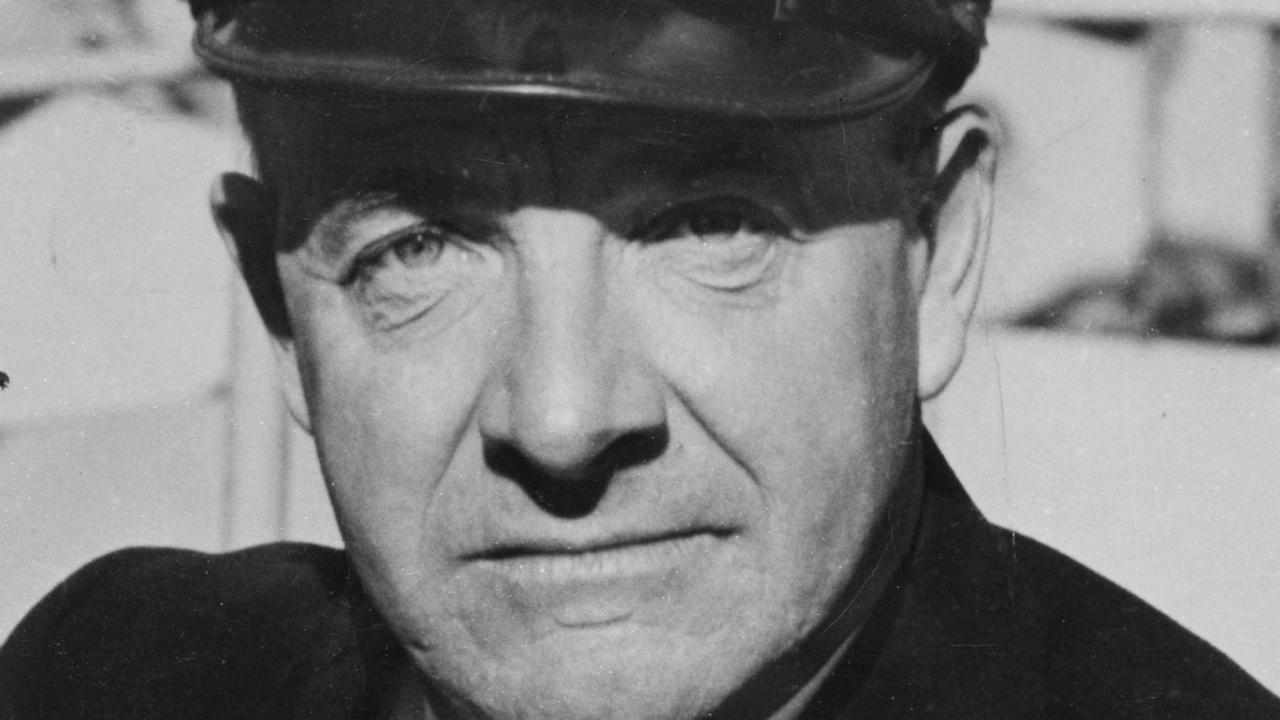Midget Farrelly stood tall as a legend of Australian surfing
OBITUARY: When Aussie surfer Midget Farrelly beat the world’s best at an international event in Hawaii in 1963, his only celebration was some beers with his mates.

Today in History
Don't miss out on the headlines from Today in History. Followed categories will be added to My News.
AUSTRALIANSlove their sporting heroes; we give them ticker tape parades and adoring fans greet them at the airport when they return from their world title triumphs. But when young Sydney boy Bernard Farrelly came home from Hawaii after beating the world’s best at the Mahaka International Surfing Championship in 1963, there were no cheer squads. His win was reported in a few briefs in Australian newspapers, but Farrelly’s memory of his homecoming was of jumping in his bomb of a car, with no windows, and going home to have a few beers with some mates on the north shore.
But word of his achievement got out and soon turned him from obscure sportsman into national celebrity. The following year, the first official Surfing World Championships were held on Manly Beach. Farrelly won it before a home crowd.
While surfing was already popular, Farrelly’s win gave the sport a huge boost in this country, helping to change it from a fringe amateur pastime into a widespread fad and a major professional sport. Others would follow in his wake and achieve great success. But there is still soem debate about who deserves credit for various surfing innovations. However, there is no doubting Farrelly was our first surfing champ.

The cab driver’s son, who was born in Sydney in 1944, spent some of his childhood in Canada and New Zealand before his family settled back in Sydney.
From the age of six Farrelly was tackling the waves on a gigantic hollow plywood paddleboard. It earned him the nickname “The Midget”, because he was so tiny against the huge board. His pastime soon became a passion. By the age of 14 he was making his own boards, favouring much smaller, lighter balsa wood designs that he had seen a group of Californian lifeguards riding when they were guests at a 1956 surf lifesaving carnival in Sydney. He would have started making the boards earlier, but it wasn’t until 1958 that Australia had a reliable supply of balsa.
When a group of surfers and surf board makers formed a group at Dee Why in 1960 Farrelly became a member. In 1961 he was voted president of the Dee Why Surfing Fraternity (DWSF), a club which still exists today.

Farrelly honed his technique in competitions between DWSF and other clubs and also tried his hand at overseas competitions. In 1963 at Makaha beach in Hawaii, Farrelly showed impressive control. He was lucky in that the conditions favoured his style of surfing and stymied some of the locals, but the wily young Aussie knew how to exploit that and came out a winner. A de facto world championship, it was the biggest surfing title going at the time and was the first major surf title won by an Australian.
The blond-haired Aussie could speak and write with eloquence about the sport he loved, which was somewhat at odds with the general image of surfers. He gave surfing a certain respectability. He appeared in surfing films, published a book and columns on surfing and even had a 10-part TV series. But his fame drew ire from detractors who were jealous of his pre-eminence in the sport in the ’60s.


At one stage he even dyed his hair black to regain some of the anonymity that allowed him to enjoy his sport in peace. In the wake of his success there were feuds with other surfers and he was even barred from competing in 1969 after disagreements with surfing officials, putting people off-side by speaking out against drugs in the sport.
In the ’70s he continued to compete but focused more on his surfboard manufacturing business, becoming disenchanted with the ruthless professionalism, the drugs and what he saw as the corruption of the sport.
But he always remained a part of surfing culture. He was inducted into the Australian Surfing Hall of Fame in 1986 and in 1999, after a long time out of the spotlight, agreed to compete against other finalists from the 1964 surfing championship in a special event at Noosa and won.
He died on August 7 and is survived by his wife Beverly and their three children.
Originally published as Midget Farrelly stood tall as a legend of Australian surfing


